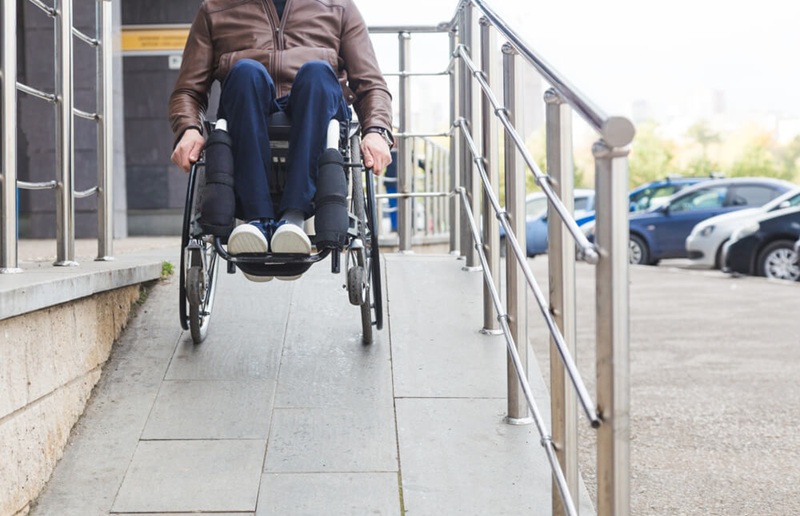Building a wheelchair ramp provides essential accessibility for those with mobility challenges, but navigating permit requirements can be confusing. Before starting construction, it’s important to understand local regulations that may apply to your project. According to CJ Mobility, permit requirements for wheelchair ramps vary significantly depending on your location and the specifics of your planned installation.
Local Building Code Requirements
Most municipalities have building codes that regulate residential modifications, including wheelchair ramps. These codes ensure that structures are safe, stable, and meet accessibility standards. According to CJ Mobility experts, requirements typically address:
- Ramp slope gradients (usually 1:12 ratio)
- Minimum width requirements (typically 36 inches)
- Landing size and placement
- Handrail specifications
- Material durability standards
While some areas have streamlined permit processes for accessibility modifications, others may require detailed plans and inspections. The complexity often depends on the ramp’s size, location, and whether it’s temporary or permanent.
When Permits Are Typically Required
You’ll likely need a building permit when your wheelchair ramp:
- Extends beyond a certain length (often 30 feet)
- Rises more than 30 inches above ground level
- Connects to the main entrance of your home
- Requires significant structural modifications
Even when permits aren’t strictly required, CJ Mobility recommends checking with local authorities, as unregulated construction could potentially lead to fines or removal orders if complaints arise or safety issues are identified.
Exemptions and Expedited Processing
Many jurisdictions offer exemptions or expedited processing for accessibility modifications. The Americans with Disabilities Act (ADA) encourages reasonable accommodations, which has influenced many local governments to simplify the permit process for wheelchair ramps. Some areas may:
- Waive permit fees for accessibility projects
- Offer fast-track application processing
- Provide simplified application forms
- Grant automatic exemptions for temporary ramps
CJ Mobility advisors suggest documenting medical necessity, which can sometimes help streamline approval processes or qualify for exemptions.
Conclusion
While building a wheelchair ramp is an important accessibility improvement, taking the time to understand permit requirements prevents potential legal and safety issues. Contact your local building department or consult with mobility specialists like CJ Mobility before beginning construction. They can help navigate the specific requirements in your area, ensuring your ramp is both legally compliant and safely constructed. The small investment of time in researching permit requirements protects your larger investment in accessibility and provides peace of mind for years to come.





